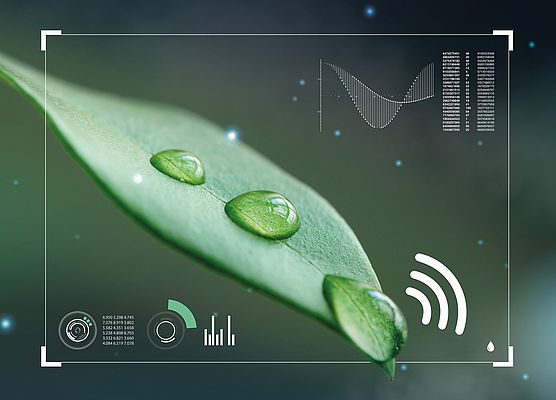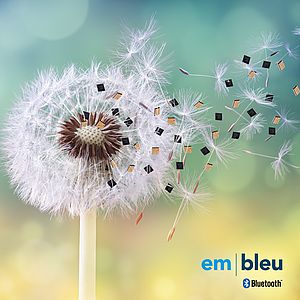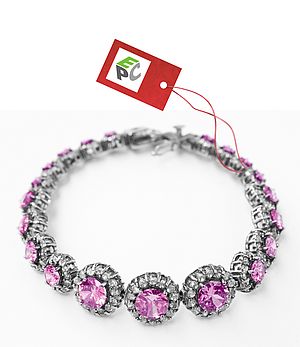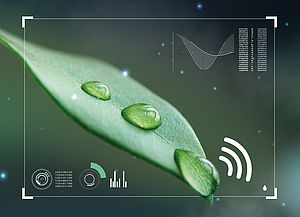EM Microelectronic announced the availability of em|aura-sense, an augmented RFID product for wireless sensing applications. The pervasiveness of IoT applications poses complex challenges due to the presence of batteries, not only in terms of sustainability and environmental friendliness, but also in terms of scalability and cost. em|aura-sense fully leverages EM’s Augmented RFID concept, by upgrading a passive RFID chip into a smart sensing device. The addition of a passive sensor leverages the simplicity and pervasiveness of RAIN RFID infrastructure to transform the RFID tag from an end-node into a communication pipe.
When RFID becomes context-aware
End-users can fully leverage existing RAIN RFID infrastructure, significantly lowering the deployment effort for ubiquitous, sustainable, and eco-friendly sensor deployments. Moreover, the solution dramatically reduces the complexity to operate the installation, just “place it and leave it”, without maintenance. Measurements can be performed remotely and automatically, without human intervention and in environments where the use of battery is not an option. Through to the decoupling between antenna and capacitive sensor, em|aura-sense sensor tags can be manufactured using traditional RFID label manufacturing process, making them compatible with 1-step inlay manufacturing.
Benefits and key features
Besides the environmental aspect, the absence of batteries further contributes to the affordability of these solutions, fostering their adoption and creating new opportunities in markets such as automotive, construction, energy and healthcare. Thanks to the decoupling between antenna and capacitive sensor, em|aura-sense sensor tags can be manufactured using traditional RFID label manufacturing process, making them compatible with 1-step inlay manufacturing. Last, the solution provides some key features: higher accuracy with 7 bits resolution (17pF effective range) and offset calibration; Measurement can be stored inside the IC: User Memory up to 2kbit; Standard RAIN RFID protocol (ISO/IEC 18000-63) with no custom commands needed; and Snapshot Sensor technology which can enable other types of sensing without requiring any change on the reader.




















